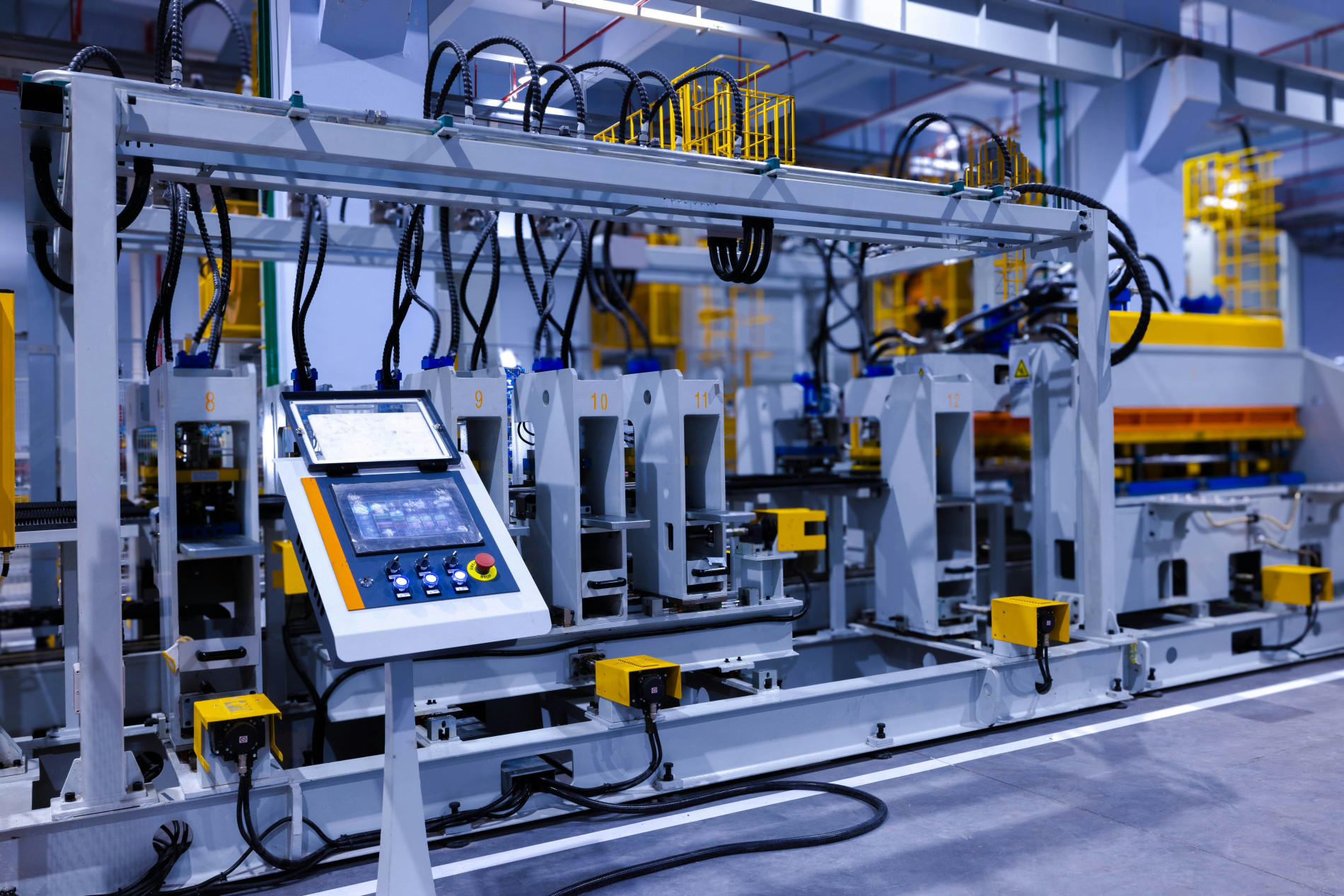NZ Manufacturing Contracts Again: What’s Next for Forward-Focused Business?
4 mins read

After four steady months of growth, New Zealand’s manufacturing sector has dipped back into contraction. According to the latest BNZ–BusinessNZ Performance of Manufacturing Index (PMI), May 2025 saw a sharp drop to 47.5, well below the 50-point benchmark that signals industry expansion.
It’s a sharp reversal from April’s promising 53.3. The decline was led by a drop in production and new orders, signalling softening demand both domestically and offshore. The services sector isn’t faring better either; it too has entered contraction territory, prompting some economists to raise the possibility of a broader economic slowdown in the second half of the year.
So what does this mean for manufacturers? And more importantly, what can be done about it?
A Time to Recalibrate, Not Retreat
Historically, manufacturing is an early barometer of broader economic change. The sector absorbs shifts in consumer demand and supply chain volatility long before the headlines catch up. This can represent opportunity.
For future-focused businesses, this is a window to act with intention.
Reassess your workflows. Where are the frictions that slow you down? Where can automation or lean operations lift output without increasing overhead?
Think about your capability. Are your teams equipped for tomorrow’s needs? Can you deepen your internal bench strength through targeted upskilling or strategic recruitment?
Explore diversification. If demand is down in one channel, where else might you have a competitive edge? New market entry, services aligned to Industry 4.0, or localising supply chains can all provide insulation as well as innovation.
These are the types of questions that guide our work at Magnetic, particularly within sectors like advanced manufacturing, supply chain, and engineering. We work with clients not only to place talent, but to evolve teams that are ready for what’s next.
Confidence is Contagious – Lead with It
One of our brand pillars at Magnetic is confidence, because we know how much it shapes decisions and momentum. In uncertain conditions, confidence becomes a strategic asset. Suppliers, clients, and employees alike respond to businesses that are grounded, responsive, and forward-facing.
That’s why signalling your intent whether it be through strategic investments, hiring plans, or simply some good old transparent communication, all these things can do more than sustain morale. It positions you as a business ready to lead through the next phase of the cycle.
The macro signals support this view: the Reserve Bank is forecast to again cut the OCR later in 2025, and initiatives like the government’s Investment Boost are injecting new incentives into advanced manufacturing and infrastructure. Businesses that plan now will be in prime position to capitalise.
This Is the Current Cycle. So Work It.
While headlines focus on contraction, it’s important to remember that indices like the PMI are snapshots, not certainties. The PMI captures movement but it’s harder to illustrate where momentum goes to from here. Momentum comes from what businesses choose to do in these moments: whether they press pause, or press forward.
At Magnetic, we work with our clients to weather the volatility. We help them use it. That’s what future-focused hiring, advisory, and organisational design are all about. It’s not all reaction and panic, but rather readiness and planning.
It’s about asking: where do we want to be in six months? In a year? And what needs to change now to make that happen?
We know that teams grow in boom times, but the most resilient teams are shaped in cycles like this. Some may find the answer in hiring, others in process innovation, partnerships, or product diversification. The key is not to freeze, but to move forward deliberately with both caution and confidence.
So our advice to New Zealand manufacturers? Don’t wait for conditions to improve before you adapt. Improve so you’re ready when conditions shift.
The businesses that will shape the future of New Zealand’s manufacturing efforts aren’t the ones waiting for a turnaround. They’re the ones building toward it, starting now.




